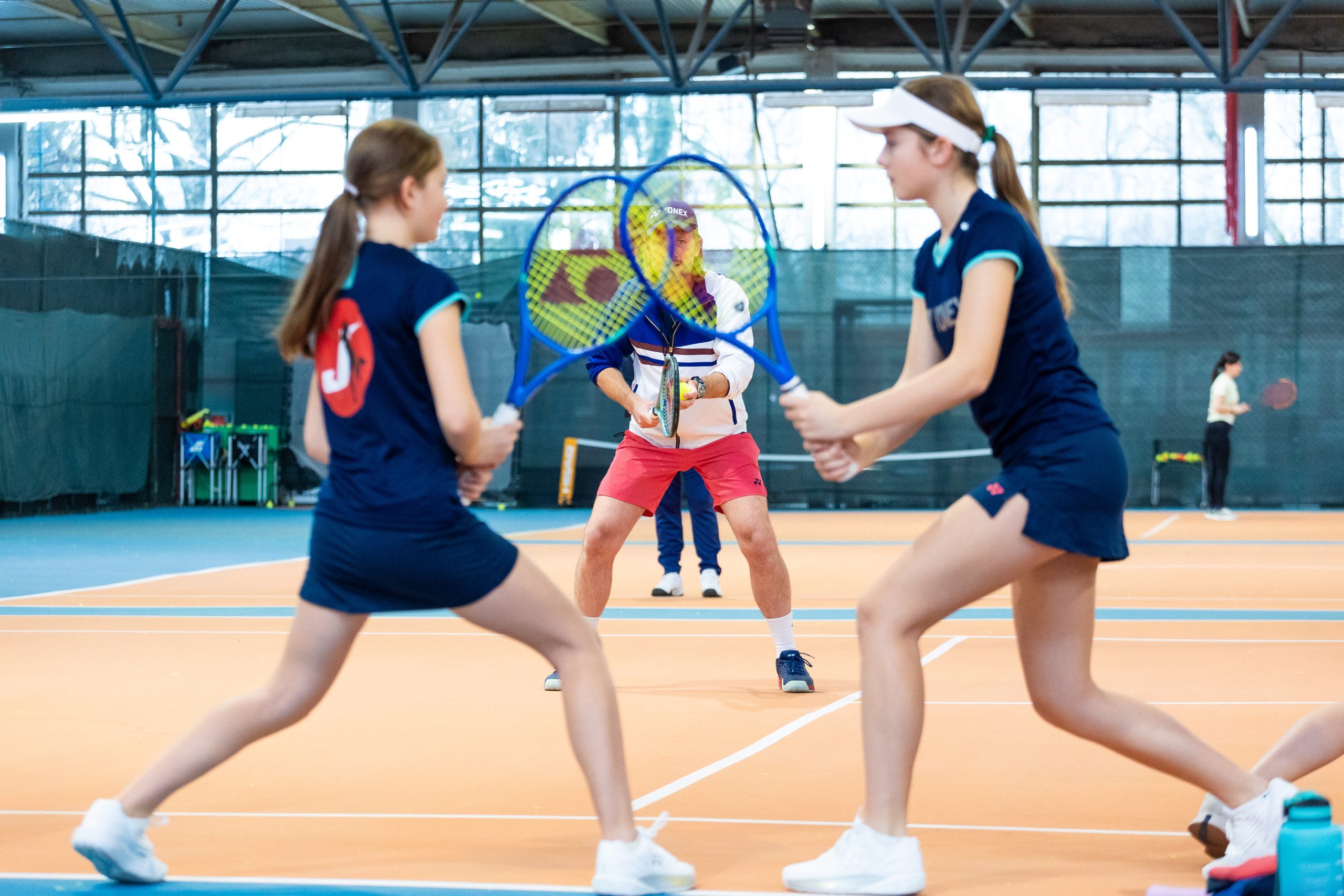
18 Aug Junior Tennis 2025: Three Big Shifts I’m Seeing
The world of junior tennis never stands still. Every year, I spend a lot of time on the tennis court, watching young players compete at tournaments across the world. And every year, I notice small but significant changes in the way they play, train, and approach the game.
Some of these changes are exciting. Others raise questions we should talk about openly. Together, they paint a picture of where junior tennis is heading in 2025 and beyond.
Here are three big shifts I’ve been noticing lately:
1. Juniors Are Less Fit
When I say that juniors today are “less fit,” some people immediately ask: what exactly do you mean by fitness in tennis?
I’m talking about athletic foundations: sprinting, running, jumping, multi-sport coordination. The basics that used to be standard in youth tennis training.
I’ve been scouting all around the world for the last 12 years and I can see that basic athletic training has been replaced with very specific training, with simulation of tennis movements, injury prevention, static gym work, etc. It seems that, somewhere along the way, we stopped training athletes and started to train only tennis players.
As a result, we have slower players, less endurance under pressure and more injuries.
It is true that tennis is better today, in general. Players have access to improved equipment, more advanced coaching, better competition structures, new surfaces and balls. They are often more skilled at a younger age, and junior matches show greater variety than ever before.
But better tennis doesn’t automatically mean better fitness. You can be technically brilliant, and still get tired too quickly, move too slowly, or suffer injuries more often.
Of course, exceptions exist. Carlos Alcaraz, Jannik Sinner, and other top athletes show us what peak junior development can look like. But they are not the norm. They are genetically gifted, exceptionally coached, and thriving at the very top.
What I’m talking about is the much larger group of players who are striving to get there. For them, a strong athletic base is often the missing piece, and it can make all the difference in whether they reach the next level.
At the end of the day, we all share the same goal: to see young players grow into great professional players. And building that athletic foundation is one of the surest ways to help them get there.
2. Juniors Play With More Variety
Last week, I was at the Summer Cup in France, watching some of the best European players under 12. This time, it was only boys, and what I saw was remarkable.
Compared to 15 years ago, the game looks completely different: faster, bolder, and far more creative.
Back then, juniors would often play safe, keeping the ball in play with high, looping shots. Today, kids are coming forward, hitting drop shots, finishing points at the net. They’re daring to take risks.
A few years ago, I watched a 12-year-old Carlos Alcaraz play in this exact style: moving forward, playing the whole court game, showing no fear. That same fearless style has stayed with him all the way into his pro career, and now inspires a whole generation of players to do the same.
If this is what they can do at 12, imagine the possibilities ahead.
3. Coaching Is Changing, Too
For me, all of this is a reflection of how coaching has evolved. The game never stands still, and the best coaches adapt alongside it. By teaching variety and courage this early, we’re helping juniors build the skills they’ll rely on throughout their careers.
These trends in fitness and playing style don’t happen by accident. They reflect how coaching itself is evolving.
Today’s best coaches know that their role goes beyond teaching technical moves. They create environments where juniors learn to be athletes, risk-takers, and problem-solvers. They bring science and creativity together, pushing boundaries while never losing sight of the fundamentals.
The future of junior tennis will be shaped by this new generation of coaches just as much as by the players themselves.
Final Thoughts: Back to the Basics
Tennis will keep evolving, technology will change, new tactics will appear. Yet the players who rise to the top will always be those who combine skill with athleticism, creativity with consistency, and talent with perseverance.
— Nick

